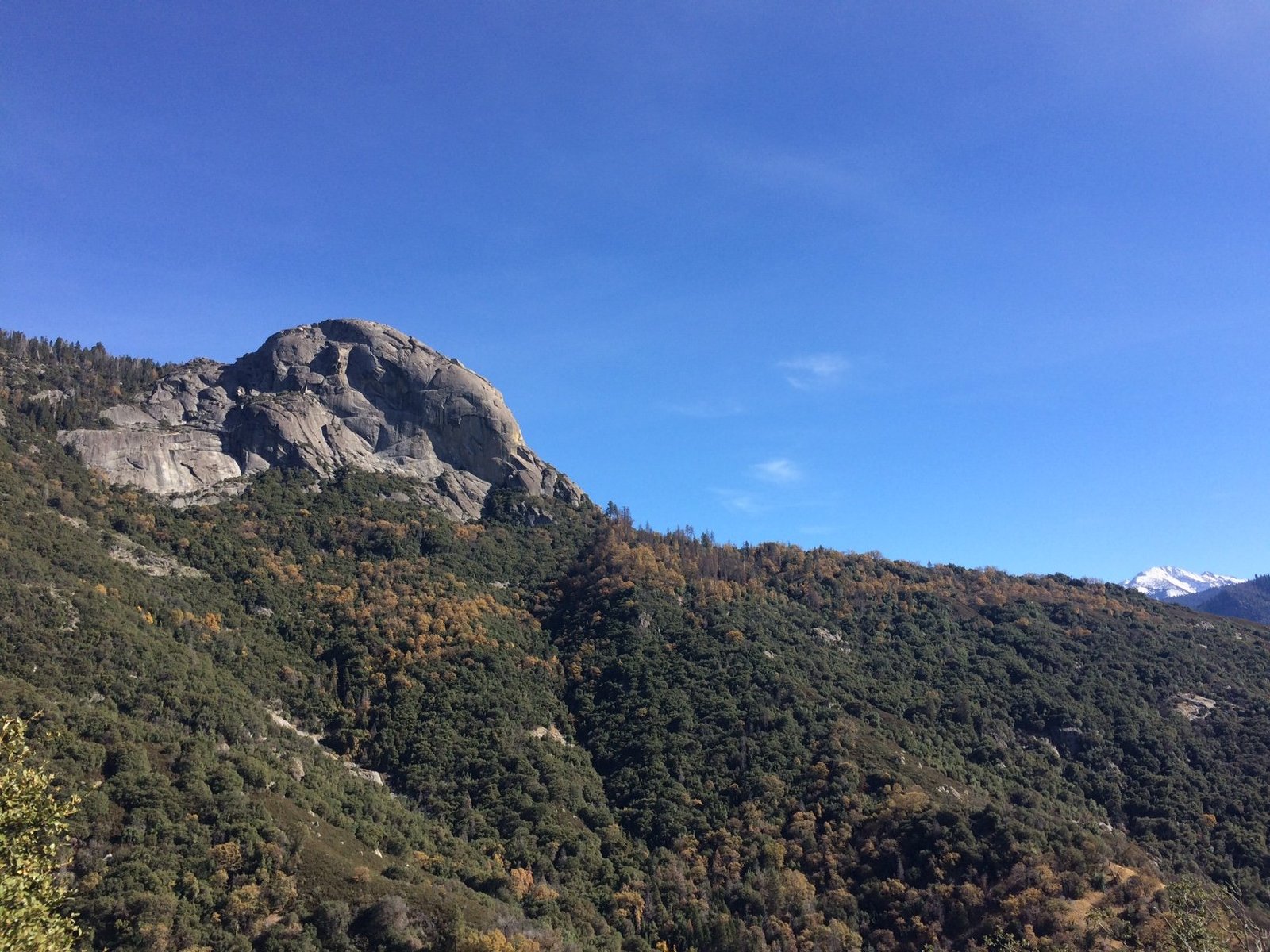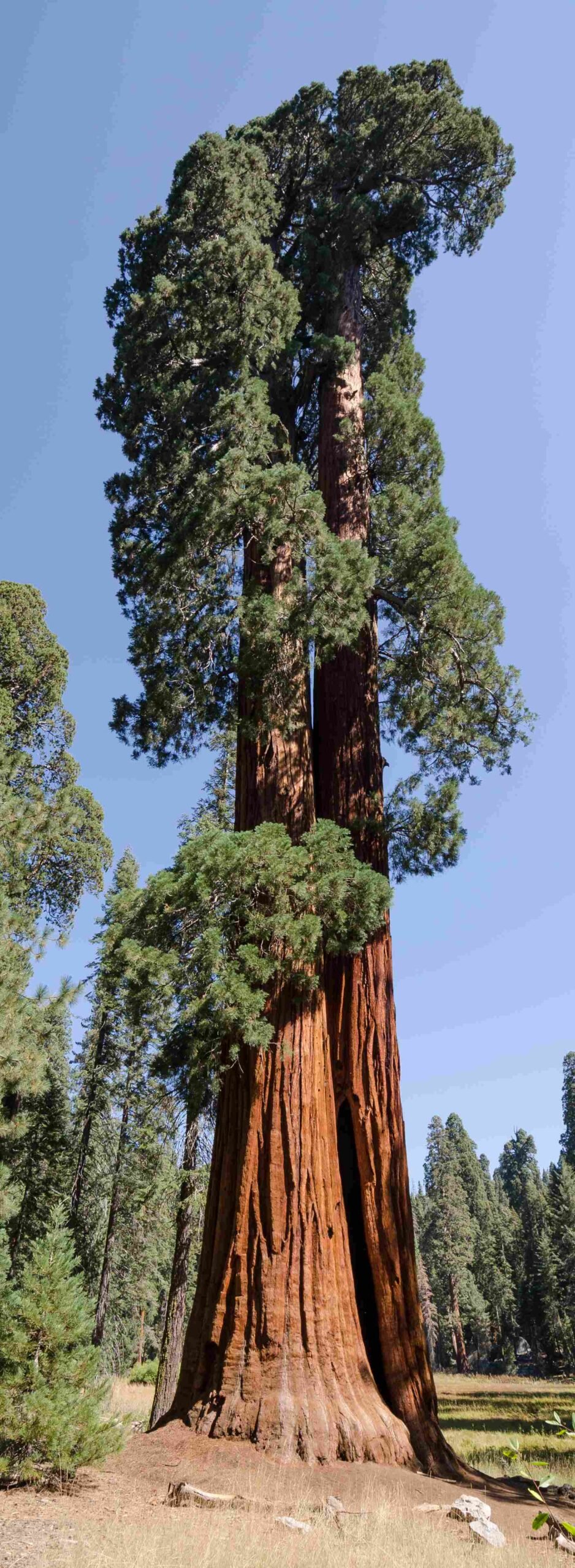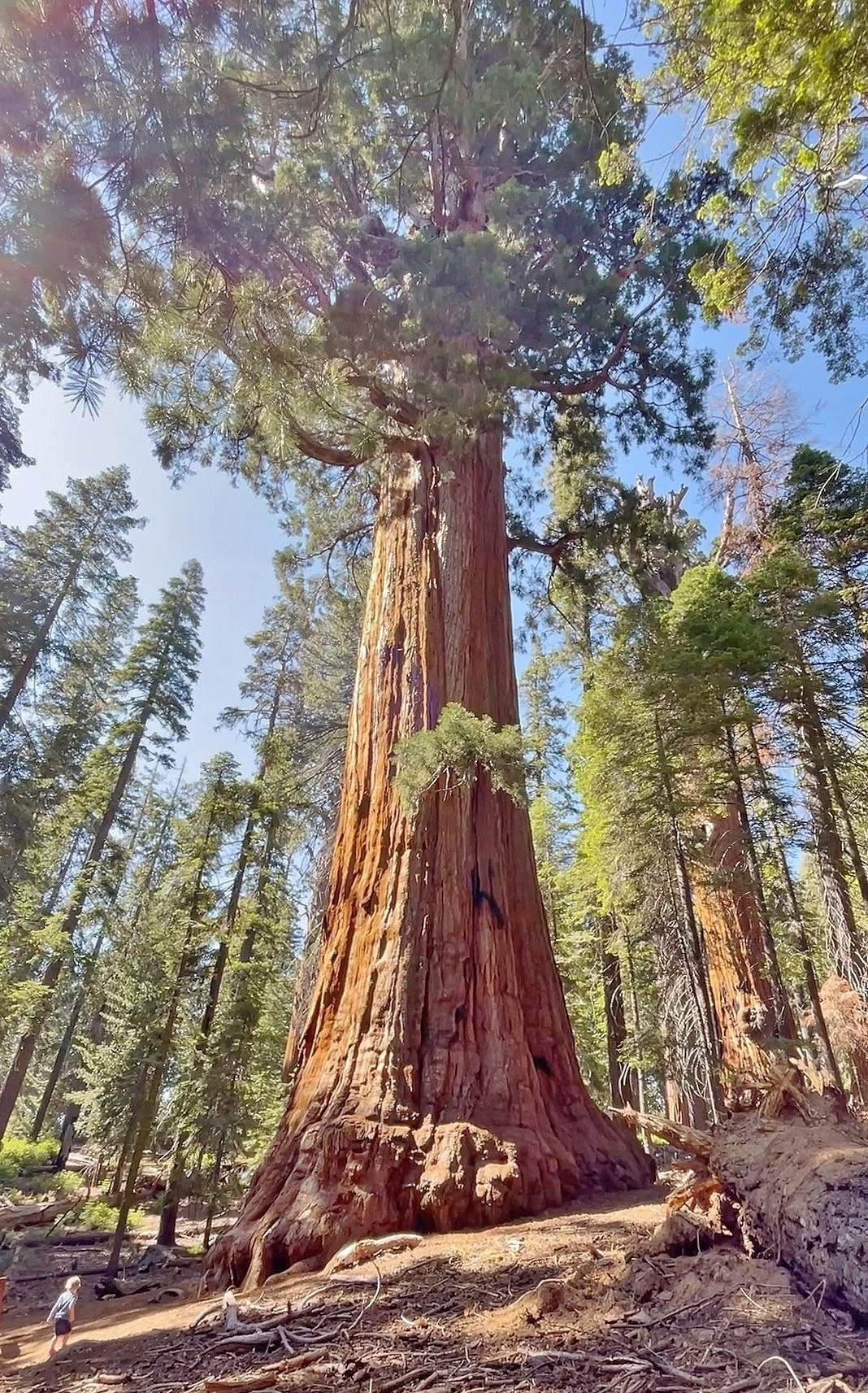Sequoia National Park is home to some of the world’s largest and oldest trees. The park’s giant sequoias, towering redwoods, and diverse forest ecosystems attract millions of visitors each year. This guide explores the most impressive sequoia national park trees to visit, including their locations, unique features, and the best trails to experience these natural wonders up close.
What Are the Most Impressive Sequoia Trees in the Park?

1. General Sherman Tree
- Location: Giant Forest
- Height: 274.9 feet
- Diameter: 36.5 feet
- Age: Estimated 2,000-2,500 years old
- Unique Feature: Largest tree in the world by volume
The General Sherman Tree stands as the crown jewel of Sequoia National Park. Its massive trunk and sprawling canopy make it an awe-inspiring sight. Visitors can access this natural wonder via a short, paved trail from the main parking area.
2. President Tree
- Location: Giant Forest
- Height: 247 feet
- Diameter: 28 feet
- Age: Approximately 3,200 years old
- Unique Feature: Second-largest tree when including branch volume
The President Tree, while not as tall as General Sherman, boasts an impressive branch structure that contributes significantly to its overall volume. It’s located along the Congress Trail, offering visitors a chance to see multiple giant sequoias in one hike.
3. General Grant Tree
- Location: Grant Grove (Kings Canyon National Park)
- Height: 268 feet
- Diameter: 33 feet
- Unique Feature: Known as the “Nation’s Christmas Tree”
Although technically in adjacent Kings Canyon National Park, the General Grant Tree is often included in Sequoia National Park visits. Its massive size and historical significance make it a must-see for tree enthusiasts.
Which Trails Offer the Best Sequoia Viewing Experience?

1. Congress Trail
- Length: 2 miles (loop)
- Difficulty: Easy to moderate
- Highlights: General Sherman Tree, President Tree, House Group
The Congress Trail offers an excellent introduction to the giant sequoias. This well-maintained path takes visitors through some of the most impressive groves in the park, including the famous General Sherman Tree.
2. Big Trees Trail
- Length: 0.8 miles (loop)
- Difficulty: Easy
- Highlights: Round Meadow, interpretive exhibits
This accessible trail circles Round Meadow, providing stunning views of sequoias against the backdrop of a lush meadow. Interpretive signs along the path offer insights into the ecology and history of these magnificent trees.
3. Moro Rock to Crescent Meadow Trail
- Length: 5 miles (one-way)
- Difficulty: Moderate
- Highlights: Moro Rock, Tunnel Log, Crescent Meadow
While longer than the other trails, this hike offers a diverse experience. It starts with panoramic views from Moro Rock, passes through sequoia groves, and ends at the picturesque Crescent Meadow.
How Can Visitors Identify Different Tree Species in the Park?
Giant Sequoia Identification
- Bark: Thick, fibrous, reddish-brown
- Leaves: Small, scale-like, arranged in spiral pattern
- Cones: Oval-shaped, 2-3 inches long
- Trunk: Massive, with a wide base tapering upwards
Other Common Tree Species
- Sugar Pine
- Longest cones of any conifer (10-20 inches)
-
Needles in bundles of five
-
Ponderosa Pine
- Bark has a distinctive vanilla scent
-
Needles in bundles of three
-
White Fir
- Flat needles with rounded tips
- Upright cones that disintegrate on the tree
| Tree Species | Bark Color | Needle Length | Cone Size |
|---|---|---|---|
| Giant Sequoia | Reddish-brown | 0.2-0.5 inches | 2-3 inches |
| Sugar Pine | Dark brown | 2-4 inches | 10-20 inches |
| Ponderosa Pine | Orange-brown | 5-10 inches | 3-6 inches |
| White Fir | Gray | 1-3 inches | 2-5 inches |
What Are the Best Times to Visit Sequoia National Park?
- Spring (April-May): Wildflowers bloom, moderate temperatures
- Summer (June-August): Warm weather, peak tourist season
- Fall (September-October): Cooler temperatures, fewer crowds
- Winter (November-March): Snow-covered landscapes, limited access to some areas
How Can Visitors Protect the Sequoia Trees During Their Visit?
- Stay on designated trails to prevent soil compaction
- Do not climb on or carve into tree trunks
- Practice Leave No Trace principles
- Follow fire safety guidelines, especially during dry seasons
- Report any signs of tree damage or illness to park rangers
By following these guidelines, visitors can help preserve these magnificent trees for future generations to enjoy.

